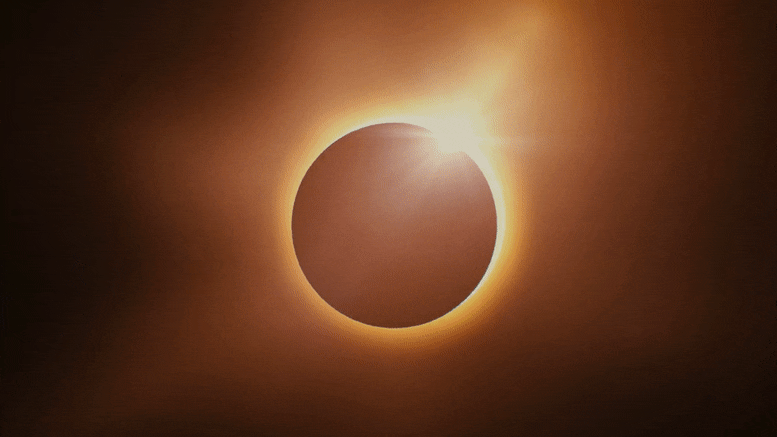

Many materials and methods popularly used to observe an eclipse may be unsafe. And the effects may not appear until hours after the damage has been done. A retinal burn in that case can be frighteningly fast-taking no more than a fraction of a second.Īnd what makes it even more scary is that because the retina of the eye lacks pain receptors, you won't feel it happening. It is particularly dangerous to use binoculars or a telescope to look at the sun. The retina of an unprotected eye can burn in as little as 30 seconds. Less than 1 percent of the visible sun is still 4,000 times brighter than the full moon. Don't Stare at the SunĮven if only a tiny sliver of the sun can be seen, it's too bright for our eyes. While viewing a total eclipse is safe, it’s important to be aware of when it ends and when the sun starts its return.

However, during an annular ("ring of fire") eclipse or a partial eclipse-where only a portion or even a tiny bite appears to be taken out of the solar disk-it is always extremely dangerous to look at the sun directly. Join us on August 21 to hear from experts around the country, see stunning photos-including your own-and be among the first to see the eclipse.įor the fleeting few minutes during a total eclipse when the entire disk of the sun is completely covered by the moon’s silhouette, it is completely safe to look directly at it with your naked eyes. Nat Geo and Airbnb are bringing you total solar eclipse coverage #LiveFrom coast to coast.


 0 kommentar(er)
0 kommentar(er)
